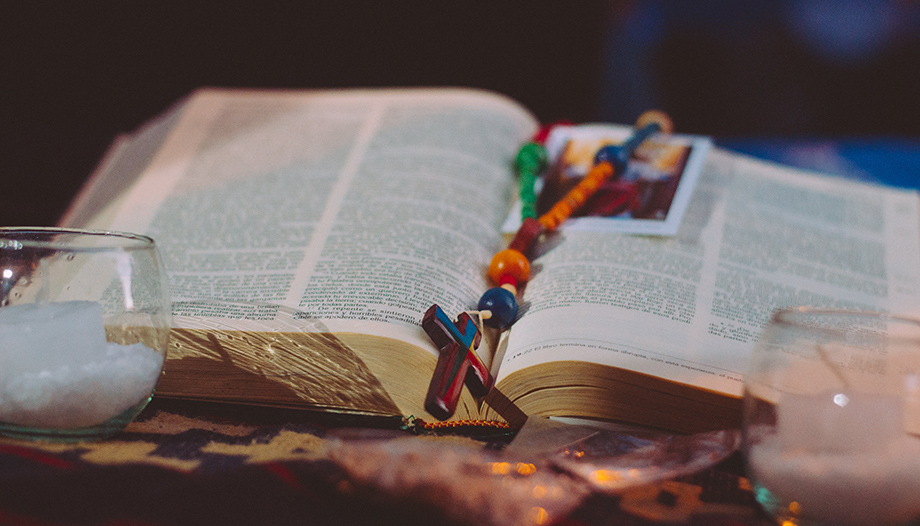The Eucharist can be seen from many points of view. By making present and giving us Jesus Christ, God and man, it is not surprising. He is infinite in His divinity, so the ways of approaching Him are infinite, as the many charisms of the Church demonstrate. That is why this year's Feast of Corpus Christi focuses especially on the sacrificial and covenantal aspects of the Eucharist, going back to the celebration of the covenant between God and Israel on Mount Sinai. There are many links between that episode, with the giving of the Law and the offering of sacrificial animals, and the Last Supper and the death of Christ on the Cross.
Just as Moses received a law from God, Christ - as God himself - gave us a new law, which began in his Sermon on the Mount but culminated in his new commandment, promulgated precisely at the Last Supper. The law expressed the conditions of the covenant with God, but this had to be ratified by means of a sacrifice and a ritual meal. Thus, Moses sent some young men to offer burnt offerings and then sprinkled half of the blood of the animals on the altar (representing God's part of the covenant) and the other half on the people (representing their part). Jesus sent two disciples to prepare the Passover meal in which he would no longer offer animals, but himself, and the blood - the blood in the chalice is the same blood that was shed on Calvary - would not only be sprinkled on us, but we would receive it within ourselves. In this way, the union between God and man is no longer merely external and ritual, but profoundly interior: whereas God came down to unite himself to his people, Israel, now God enters into us to be with us personally, though always within the Church. Thus, Jesus in today's Gospel makes it clear that ".this is my blood of the covenant". Moses and the elders will then eat with God on the mountain, in what is represented as a kind of heavenly palace. The previous meal of the lamb that the Israelites had eaten to free themselves from Egypt, saved by its blood painted on their doorposts, was like the covenant meal of the people. Now all members of the Church can participate in the covenant meal of Christ, the Lamb of God, eating his body and blood as a foretaste of heaven. We now participate in the heavenly liturgy of the Lamb, which we see described in Revelation. As today's second reading tells us, Christ has gone to the heavenly sanctuary as mediator of a greater covenant, a covenant that we renew and in which we participate at every Mass.
Homily on the readings of the Solemnity of the Most Holy Body and Blood of Christ (B)
The priest Luis Herrera Campo offers its nanomiliaA short one-minute reflection for these Sunday readings.











